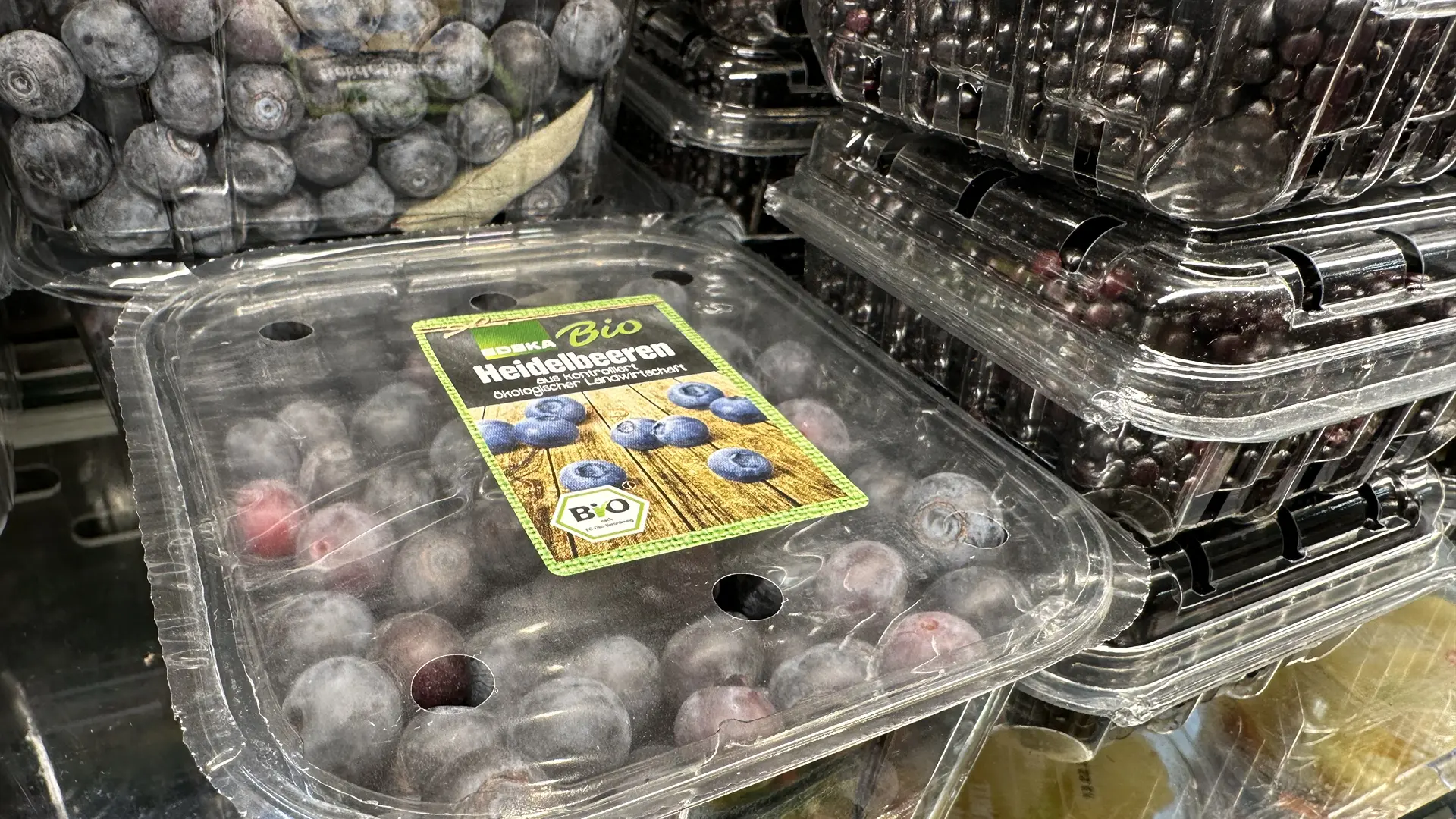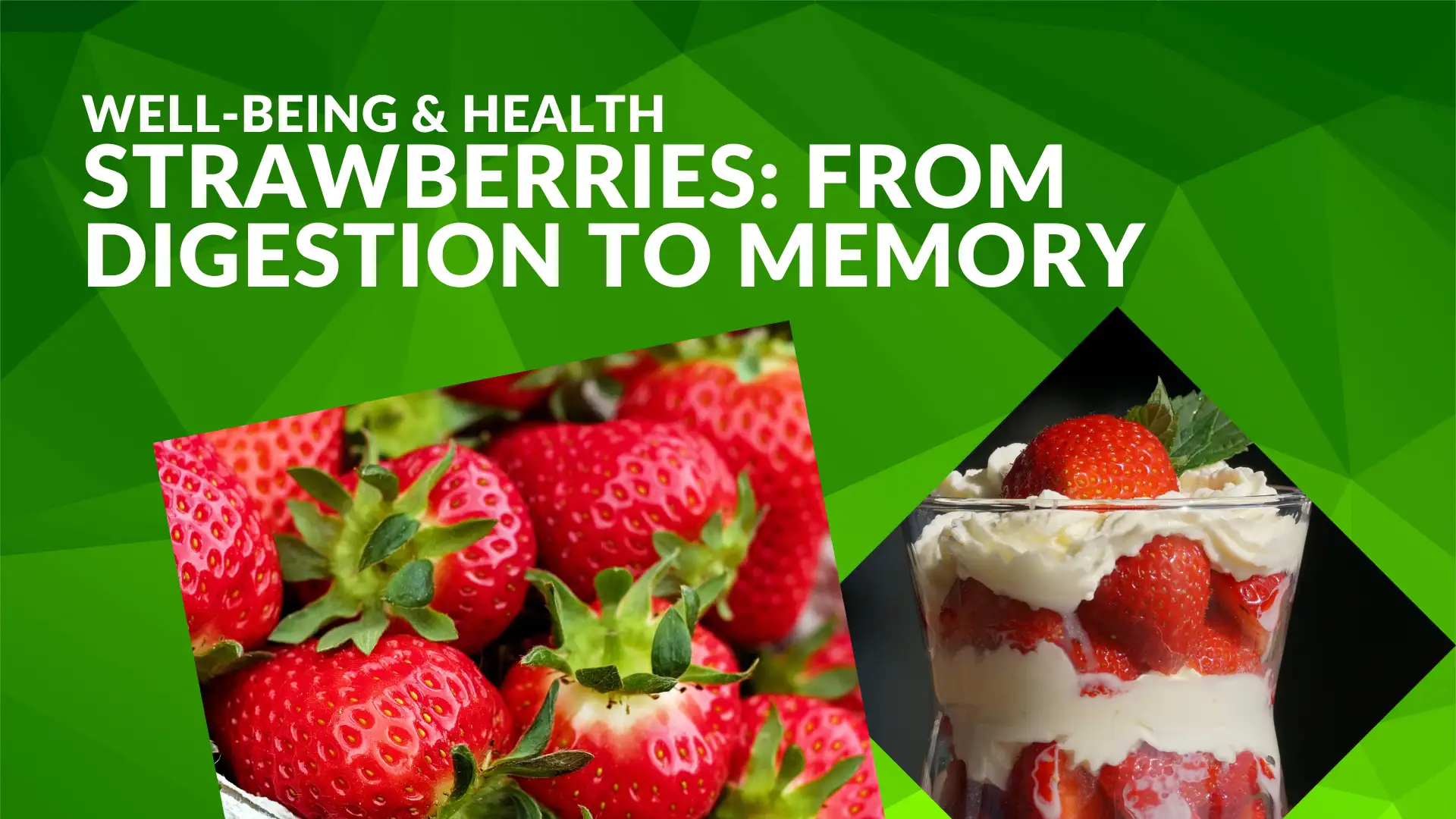The soft fruit sector of Huelva is coming to the end of a turbulent 2021/22 season, in which it faced enormous difficulties with a clear impact on production profitability. It also does so with a scenario that poses interesting challenges for the future. All these issues were addressed in the technical conference 'The soft fruit supply facing the challenges of the global market', organised by Cajamar and Huelva Información.

Although the data are still provisional in the absence of final closure, the first estimates for the 2021/22 season show a positive result for the strawberry season, although less favourable for blueberries and raspberries, the two products that suffered the most. The strawberry closed with an average price of € 1.60 per kilo (+26 cents), while blueberry closed at € 3.49 (-0.84 €) and the raspberry at € 5.73 (-0.02 €).
Summary
HUELVA: SURFACE TRENDS OVER THE LAST THREE YEARS

With regard to the area dedicated to the cultivation of strawberries, blueberries and raspberries, there was a decrease in the total area of 12,210 hectares, 0.63% less than in the previous season. However, although the total area of soft fruit remained very stable, the evolution of hectares differed according to crops.
HUELVA: PRODUCTION TRENDS OVER THE LAST THREE YEARS

Thus, for the second year in a row, strawberry cultivation declined slightly, -1.6% in 2021/22, with a total of 6,700 hectares. The cultivated area of blueberry increased by 6.7 per cent in this period compared to the previous one and grew by 65.5 per cent in the last five years to 3,421 hectares.
Raspberry cultivation has suffered the largest decline in percentage terms, with 8.1 per cent and a total of 2,089 cultivated hectares. This means that part of the area allocated to strawberries and raspberries has been transferred to the cultivation of blueberry due to the increasing demand for this red fruit in recent years, as Ana Cabrera Sánchez, market analyst at the Cajamar Land Platform, explained in her presentation.
Huelva soft fruits compete in a borderless market where foreign competition is increasing. The season that has just ended poses the sector with two major challenges: improving product prices and reducing costs .
Silvia Gómez (Fresón de Palos), Juan Báñez (Cuna de Platero) and Bartolomé Fernández (Costa de Huelva) discussed both topics. They all agreed that the answers to both challenges lie in the commitment to quality that differentiates the Huelva product from any other offering, and in the digitisation of all processes to achieve greater efficiency that translates into reduced costs.
The three speakers shared the view of the Plataforma Tierra analyst in terms of market behaviour, with the identification of a good start and stagnation in the marketing of blueberries in the peak harvest months. This was offset by good prices in the strawberry market, the one that gave the best response this year. On the other hand, raspberries and blueberry are under more pressure due to the ease of transport, which allows other countries to reach the same markets.
HUELVA: AVERAGE PRICE TREND OVER THE LAST THREE YEARS

Fresón de Palos insists on the need to 'highlight the way we work in Huelva, to improve our image to differentiate ourselves from our competitors'. In this sense, the general director of Cuna de Platero insisted that the way forward is to invest in 'research and development to achieve a difference between the Huelva product and any other that is reflected in the price'. In short, the differential value of quality.
blueberry, which underperformed last season, was the focus of much of the debate because it is the fruit with the most external competition. Bartolomé Fernández argued that the weather, overproduction in some months and competition from Morocco and Portugal hurt prices.
He also warned that the Huelva sector must prepare for the arrival of more foreign fruit because 'Morocco will produce blueberries in a beastly way'. Gómez suggested the need to 'improve varieties, research to achieve early production to avoid the peaks in April and May'. In short, it is about 'reaching the market earlier and with better quality'.
Price is crucial. Profitability depends on the market recognition of Huelva products. 'We have to show the world how we work in Huelva, that our fruit is healthy and sustainable,' argues Silvia Gómez. And Juan Báñez added: 'There isno other way but quality, the guarantee that those who try our products will repeat them and order them'.
As Ana Cabrera Sánchez explained in her speech, the season was marked by a drop in sales in the UK and Germany, the main European markets for Huelva soft fruits. For strawberries, this was compensated by the average price and the better response in France due to the drop in local production.
HUELVA: EXPORT OF RASPBERRIES BY DESTINATION (2021/22)

At blueberries, the impact was greater, with losses of 26.1% on German shelves and 54.7% in the UK. Juan Báñez explained that, in addition to the current situation, growers in Huelva are still paying the effects of storm Filomena, which closed exports for a week and opened the German market to Greek and Turkish berries, a competition that has remained.
HUELVA: EXPORT OF BLUEBERRIES BY DESTINATION (2021/22)

Profitability depends on cost reductions. The rising costs of inputs and other essential means show no signs of improvement. In response, Bartolomé Fernández is very clear that the future lies in 'a more technical, more efficient agriculture with more training for small farmers'. Efficiency' in spending is for Juan Báñez the best way to save money and the only formula at the moment to ensure profitability.
HUELVA: RASPBERRY PRICE TRENDS

The struggle for price is complex because, as Silvia Gómez pointed out, 'our product is perishable. A strawberry has a lifespan of hours and no matter how much we squeeze the market, there comes a time when our price ceiling is reached, it limits our margin of pressure'.
HUELVA: PRICE TRENDS OF BLUEBERRIES

Costs started to rise in 2021 due to the imbalance between energy supply and demand in the process of recovering economic activity once the most difficult moments of the pandemic had passed, Ana Cabrera Sánchez explained. The imbalance 'was aggravated by Russia's invasion of Ukraine'. All this led to a 100.1 per cent increase in the price index for fertiliser production (September-April), 5.5 per cent for plant protection products and 73.4 per cent for oil, affecting the price of plastics, irrigation systems and fuel, among others.
HUELVA: DEVELOPMENT OF PRODUCTION COSTS

As a result, profitability is reduced, especially for the crops of blueberries and raspberries, since 'the good commercial results of strawberries will probably offset these increases in most cases'. However, given the uncertainty of energy (gas and oil) developments and all the associated costs, 'increasing crop profitability is one of the challenges facing agriculture in general and the soft fruit sector in particular'.
In this sense, digitisation and new technologies are a 'fundamental tool that will enable us to make data-driven decisions, automate activities that do not add value to production, and achieve greater efficiency in the use of production factors'. All this will also contribute to making the production system more sustainable, which is necessary and appreciated by the end consumer.
However, it should be noted that the Huelva soft fruit sector has been working in this direction for years, which has allowed it to be very competitive and to be the market leader in this sector.
Source: HuelvaInformacion
Strawberry farm photo created by serhii_bobyk - www.freepik.com










